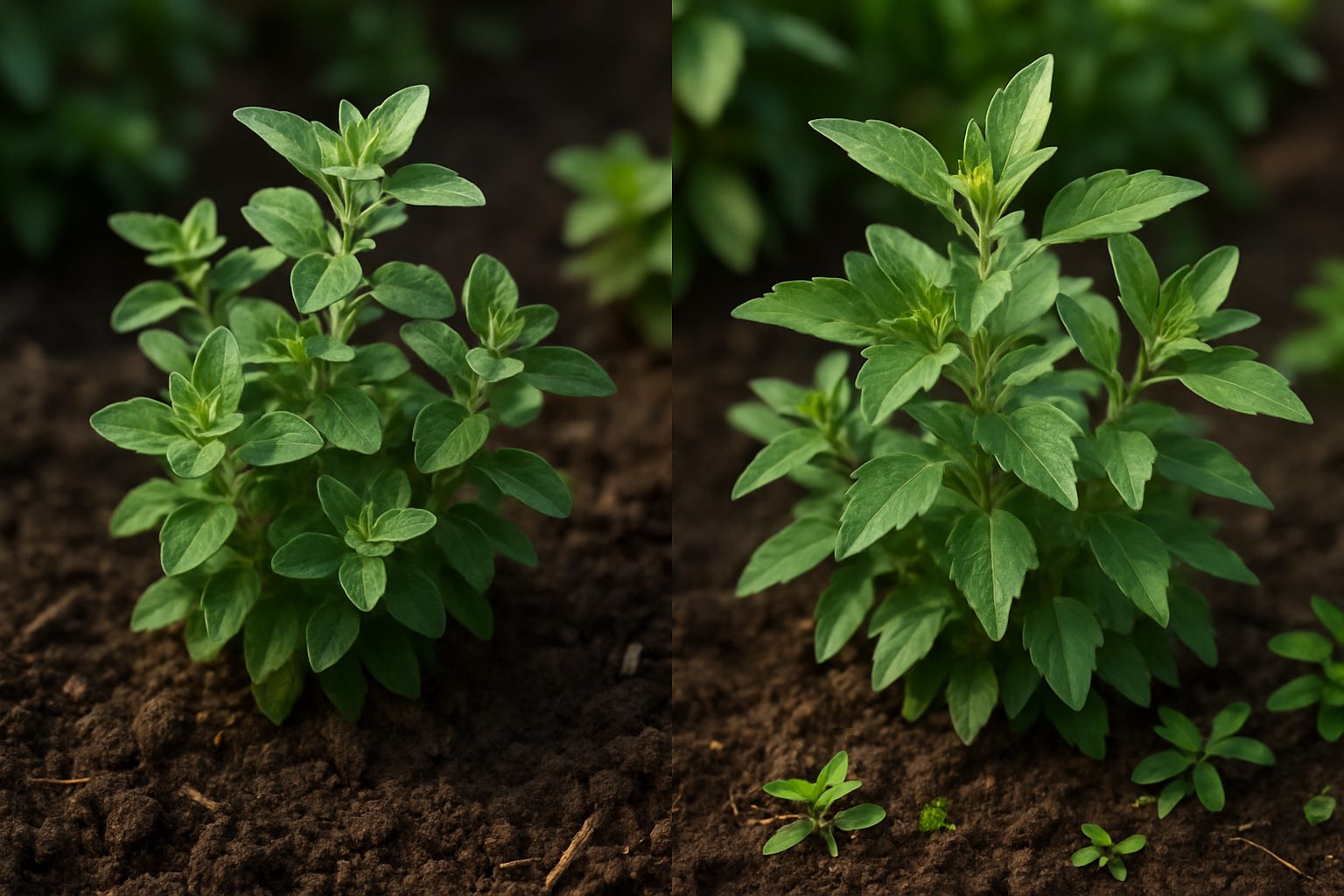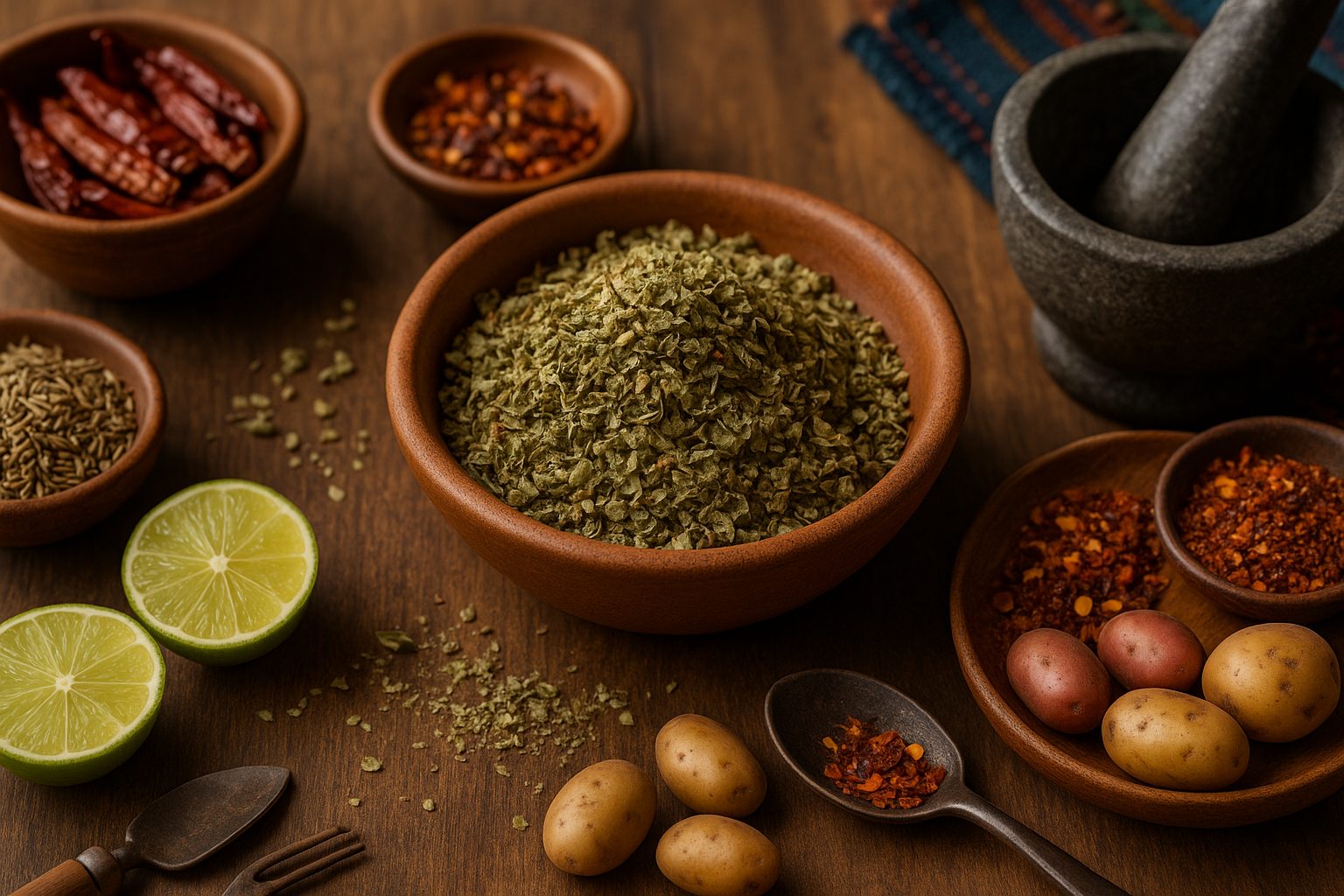Introduction to Mexican Oregano
Cooking with Mexican oregano can transform your dishes with vibrant, earthy, and slightly citrusy flavors. Unlike the more common Mediterranean oregano found in Italian or Greek recipes, Mexican oregano comes from a completely different plant family and offers an entirely unique taste profile.
If you’ve ever wondered why your homemade enchiladas or carnitas don’t taste quite like those from an authentic taqueria, Mexican oregano might be the missing ingredient. It’s gaining popularity far beyond traditional Mexican cooking because of its ability to add depth, warmth, and a subtle kick to a wide variety of dishes—from roasted meats to tomato sauces and even bean stews.
More cooks are discovering that this herb’s bold, aromatic qualities can elevate everything from slow-cooked chili to everyday salad dressings, making it an essential in any spice cabinet. Don’t confuse it with its Mediterranean cousin—try Mexican oregano for an instant flavor upgrade.
Mexican Oregano vs. Mediterranean Oregano

Mexican oregano and Mediterranean oregano may share a name, but they come from entirely different plant families and have distinct characteristics that can transform a dish.
Botanically, Mediterranean oregano is part of the mint family (Origanum vulgare) and grows as a perennial herb native to southern Europe. In contrast, Mexican oregano (Lippia graveolens) belongs to the verbena family and is native to Central America.
Flavor-wise, Mediterranean oregano offers a mild, slightly bitter taste with earthy and floral notes reminiscent of thyme and marjoram—ideal for classic Italian pizzas, Greek salads, and tomato sauces. Mexican oregano, on the other hand, packs a punch with its bold, citrusy, and peppery profile, often laced with hints of lemon and licorice. This makes it indispensable in Mexican, Tex-Mex, and Southwestern dishes like chili con carne, salsas, and taco fillings.
Its assertive flavor can stand up to strong spices such as cumin and chili peppers, bringing depth and brightness to Latin American recipes that Mediterranean oregano simply can’t replicate. When a recipe specifically calls for Mexican oregano, substituting Mediterranean oregano may result in a flatter, less vibrant taste, so it’s worth seeking out the right variety for authentic flavor.
Flavor Profile and Uses of Mexican Oregano
Mexican oregano boasts a bold, citrusy aroma with notes of lemon, licorice, and pepper, setting it apart from the more familiar Mediterranean oregano. Its flavor is earthy, slightly bitter, and pungent, with a subtle sweetness that shines in robust dishes.
You’ll often find Mexican oregano in classic Mexican and Tex-Mex recipes like chili, pozole, carnitas, and salsa, where its assertive taste stands up well to other strong ingredients like cumin and chili powder. It’s a go-to herb for simmered stews, bean dishes, enchilada sauces, and roasted meats.
To get the best flavor, add Mexican oregano early in the cooking process, allowing the heat and time to mellow its intensity and infuse the dish. If you’re using it as a finishing touch, crush the dried leaves between your fingers before sprinkling to release their fragrant oils.
Keep in mind that a little goes a long way—start with a small amount and adjust to taste. Experiment with adding Mexican oregano in homemade dressings or marinades for a zesty kick, and try substituting it for regular oregano in recipes that need a bolder, more aromatic punch.
Substitutes for Mexican Oregano
If you’re out of Mexican oregano, Mediterranean oregano is the closest and most accessible substitute—though it’s less citrusy and more peppery, so your dish may taste slightly earthier. To maintain balance, use the same amount as called for in your recipe.
Marjoram, which has floral notes, is another solid option; use 1.5 times the amount if swapping dried marjoram for dried Mexican oregano.
For a closer match to the lemony, herbal kick of Mexican oregano, try a blend of dried thyme and a hint of dried basil or coriander. A ratio of 2 parts thyme to 1 part basil or coriander works well.
If you have fresh Mediterranean oregano, triple the amount since fresh herbs are less concentrated than dried ones (for instance, 1 tablespoon fresh for every 1 teaspoon dried).
Remember, Mexican oregano is bolder, so taste as you go and adjust to avoid overpowering the dish. These swaps work well in hearty stews, tacos, or salsas—just keep in mind that small changes might slightly shift the flavor profile, but the heart of your Mexican recipe will shine through.
Where to Buy and How to Store Mexican Oregano
You can buy Mexican oregano online from reputable spice retailers or marketplaces like Amazon, which makes it accessible even if you don’t have specialty stores nearby. Local Latin American grocery stores or spice shops often carry both dried and sometimes fresh Mexican oregano—don’t hesitate to ask the staff if you don’t see it on the shelves.
For storage, keep dried Mexican oregano in an airtight container away from heat and sunlight; a cool pantry is ideal to help it retain its signature citrusy, peppery flavor. If you’re lucky enough to find fresh Mexican oregano, store it like other fresh herbs: loosely wrapped in a damp paper towel inside a resealable plastic bag in the fridge, or place the stems upright in a jar with a bit of water.
Dried oregano usually stays potent for about 6 to 12 months—if it starts to look faded, has lost most of its aroma, or tastes flat, it’s time to replace it. Fresh oregano should be used within a week for the best flavor and aroma.
Tips for Cooking with Mexican Oregano

When cooking with Mexican oregano, remember that a little goes a long way—start with half a teaspoon per dish and adjust to taste. Its bold, slightly citrusy flavor shines in hearty recipes like chili, black bean soup, or slow-cooked carnitas, adding depth without overwhelming the other ingredients.
Sprinkle it in during the last 10 to 15 minutes of cooking to preserve its fragrant oils; adding it at the start can mellow its unique punch. Mexican oregano pairs well with spices like cumin, chili powder, and garlic, making it a perfect addition to salsas and taco fillings.
Try mixing it into tomato-based sauces or sprinkling it over grilled meats just before serving for an authentic finish. Be careful not to overdo it, though—too much can easily overshadow more delicate flavors and make dishes taste bitter.
As with most herbs, it’s best to crush it in your palm before using to release the maximum aroma and ensure a vivid, balanced flavor throughout your meal.
Summary & Takeaway
Mexican oregano stands out as a flavorful and versatile herb, prized for its citrusy, robust notes that go beyond typical Mediterranean oregano. It shines in traditional Mexican dishes like chili, salsas, and taco fillings, but don’t be afraid to sprinkle it into soups, sauces, or even over roasted vegetables for a fresh twist.
Unlike its Mediterranean cousin, Mexican oregano brings a unique depth, making it a fun ingredient to experiment with in your kitchen. Next time you cook, reach for Mexican oregano and see how it elevates your meals.
Have you tried it before? Share your favorite uses or questions in the comments—we’d love to hear your experiences!
